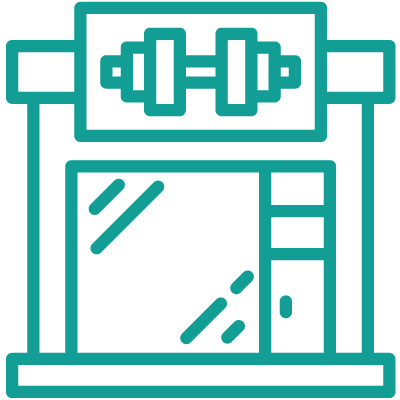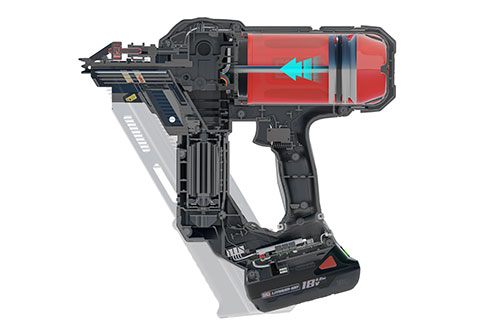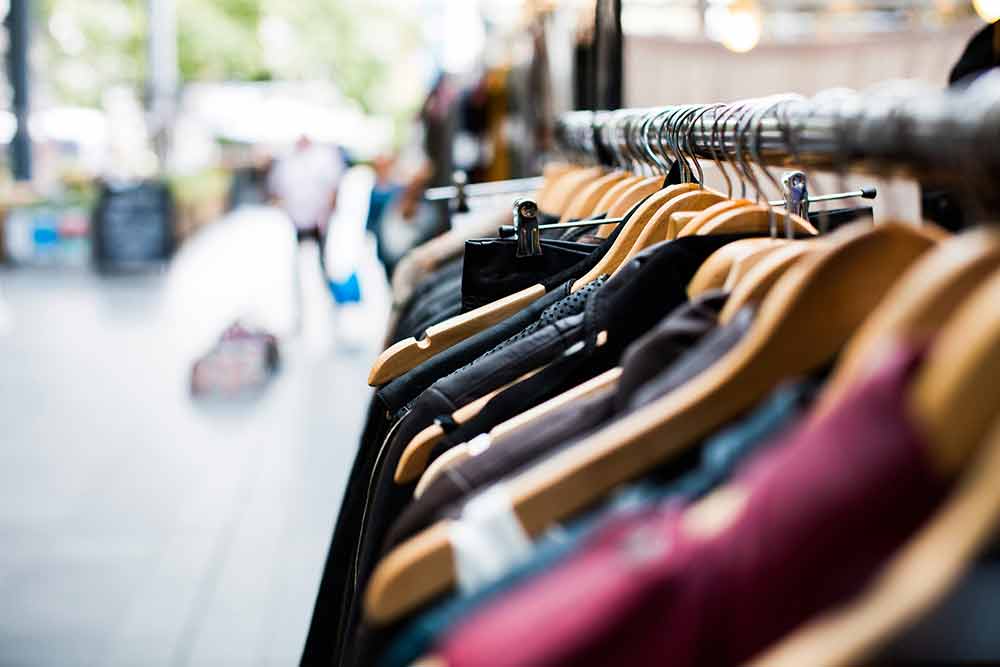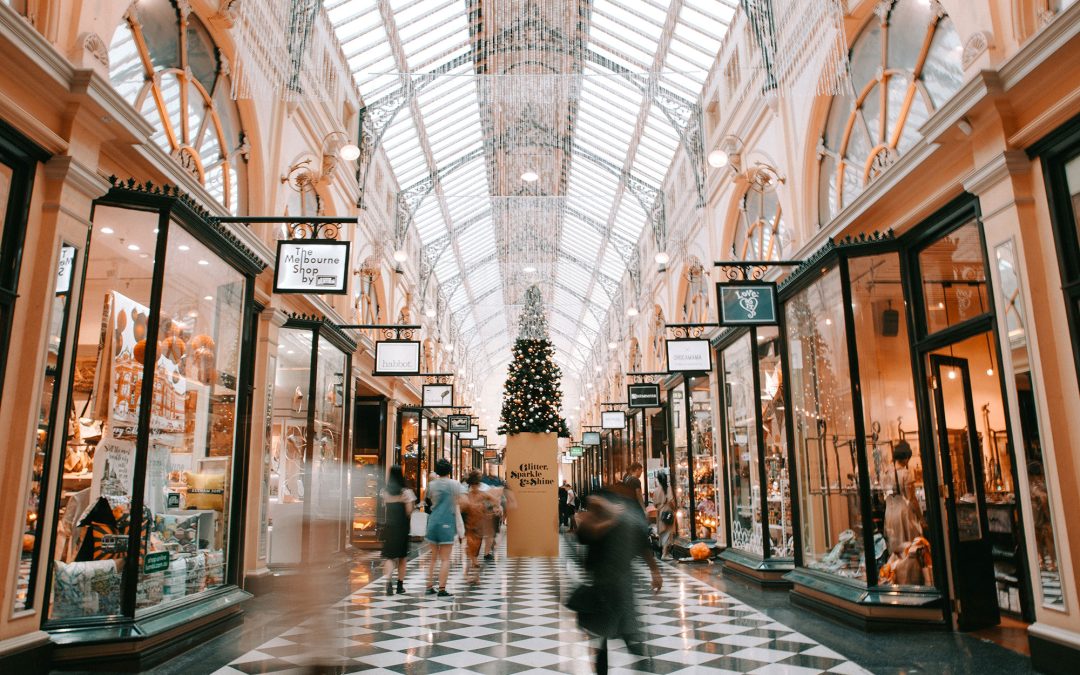VR for Retail & Commerce
3D Walkabout is an Australian based VR studio that designs VR apps for the retail industry. Find out more how you can market & sell your products in VR.

Virtual Reality (VR) for Retail & Shops
Virtual Reality (VR) opens up exciting possibilities for the retail industry, enabling retailers and shops to effectively market their brands to a wider audience. By creating immersive virtual stores, VR allows customers to experience a lifelike shopping environment from the comfort of their homes and connect this up to existing online stores. This virtual shopping experience can be utilised to showcase products, engage customers, and drive sales. VR can be employed as a valuable training tool for retail staff, simulating various customer interactions and scenarios to enhance their customer service skills, often a much more effective and cheaper alternative to traditional training. Furthermore, virtual stores provide retailers & market researchers with invaluable insights into customer behavior, product preferences, and brand research data. By harnessing VR technology, retailers can revolutionise their marketing strategies, optimise staff training, and gain a competitive edge in the dynamic retail landscape.
What are the benefits of VR for the retail & shops industry?
Reduced decision-making time for consumers
Involves consumers within advertising, incorporating them within celebrity endorsement and VideoXR campaigns
Boosted sales and improved Click-Through Rate
Conveniently displays information regarding products and where they can be sourced
Empowering sales associates to offer more efficient, higher-quality customer service
Opportunities for immersive shopping experiences, allowing customers to explore stores and shop virtually
Opportunities for virtual post-purchase product assembly, troubleshooting, and potential variations
Personalised “try-before-you-buy” options for retail, particularly for clothing, footwear and furniture
Improved brand engagement and purchase confidence
More creative ways of communicating a brand’s story and hero products
How VR is a game changer in the retail sector
It’s no secret that VR is proving to revolutionise the retail sector. The growth in production sees customers more and more overwhelmed by demand and choice, and VR offers a way to make the consumer experience simpler and more enjoyable. Ultimately, if a customer has a positive shopping or in-store experience, they’re more likely to perform an action – such as buying a product.
VR takes the hassle out of decision-making, helping consumers make better purchases with less chance of dissatisfaction and reduced time spent in-store. This has been made possible with XR’s offering of 3D models of products, which gives a customer the ability to see and try their considered product before they make a purchasing decision. As a result, customer engagement becomes more positive, products are less likely to be returned, and there are fewer issues with user experience and language barriers.
Retailers are also embracing VR as an opportunity to give shoppers a taste of the manufacturing experience. Whether it’s jumping into a company’s supply chain to see where and how a product’s made or experiencing the impact of making a purchase through virtual reality, customers are provided with fantastic shopping experiences which make the retail journey more enjoyable than ever before.

Brainstorm your ideas on 1300 00 3392
If you’d like to receive our full ‘VR for Retail & Commerce Information Pack & Price List‘ please add your details below.
The industries we work in
VR Retail & Shops Projects
No Results Found
The page you requested could not be found. Try refining your search, or use the navigation above to locate the post.
VR Retail & Shops Articles
VR Retail & Shops Videos
Frequently Asked Questions
What is AR and VR in retail?
Augmented reality is a way of overlaying digital elements onto real life, such as displaying a product’s information on a hologram screen or projecting an item onto an image of your real home. VR, or virtual reality, has been used by some companies to create entire virtual stores which customers can explore from their own homes.
What is a virtual shopping experience?
Virtual shopping incorporates 3D and augmented reality (AR) technologies to provide a shopping experience that replicates what customers might find in-store. They can use their mobile, laptop or tablet to browse, try and purchase items just as they would in a physical shop.
What is Metaverse shopping?
Metaverse shopping involves shopping in a completely digital space, using an avatar. Through their avatar, a customer can engage with products in real time and make purchases in a company’s virtual shopfront. Within the Metaverse, customers are able to walk around a store, identify what products they’re interested in, interact with other shoppers, and ultimately make a purchase.
What are virtual shopping malls?
A virtual shopping or Metaverse mall takes shopping into the 3D space. With an avatar, users can navigate around the VR mall using 3D technology similar to that found in video games. They’ll be able to browse stores, view and consider VR products, and even interact with other users along the way.
How can VR be used in shopping?
VR shopping can be used to help consumers buy exactly what they want. It can allow customers to customise potential purchases, ultimately reducing decision-making time and post-purchase dissatisfaction.
How can VR help sell more products?
VR can help encourage quick consumer decisions, offer more engaging customer service and support, give consumers a better understanding of what products do and their benefits, and improve brand awareness. Taking retail virtual also increases a sense of urgency and “fear of missing out”, so retailers are more likely to experience increased sales conversions.
What is a virtual showroom?
A virtual showroom’s a completely virtual space in which a retailer simulates their physical store and incorporates 3D copies of their products. Users can enter the VR store, browse, and look at the merchandise from every angle. There’s also the option to ask questions of the retailer, zoom in and out of the display, and see 3D animations.
Is the typical retailer ready for VR?
It appears many retailers will be unprepared for the shift to virtual reality when it comes – especially as many still don’t have a good grip on mobile integration. VR retail requires high-end computer resources, increased power, VR commerce awareness, and product development which may make retailers feel overwhelmed by the concept.
How is VR used in retail?
VR’s currently adopted in retail in a number of ways, including 360-degree virtual showrooms (Ikea), which can come complete with selfie modes, audio guides, direct staff consultation, and photo-based search engines; brand promotion through gaming (Balenciaga), in which users can directly interact with products and services offered by the retailer; virtual reality supermarkets (Kellogg); and VR employee training (Walmart) to increase retention and financial benefits.





























